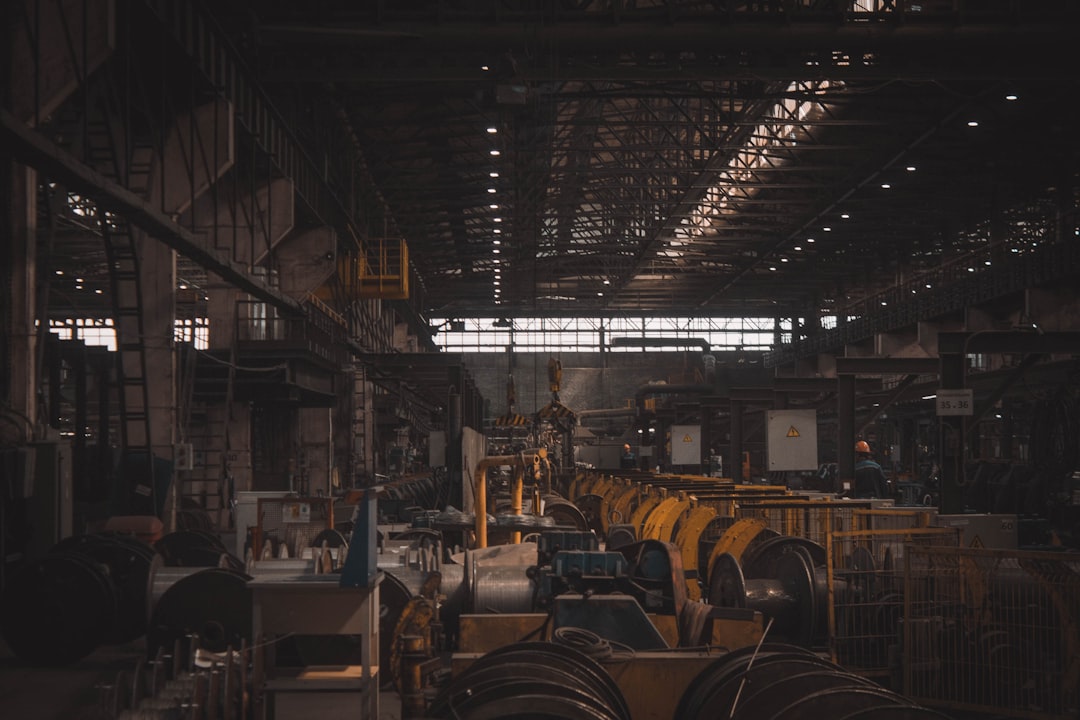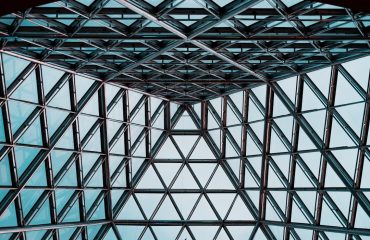The steel industry, a cornerstone of global infrastructure and manufacturing, is undergoing a remarkable transformation driven by relentless research and development (R&D). This isn’t just about incremental improvements; it’s about fundamentally altering the properties and capabilities of steel, leading to lighter, stronger, more sustainable, and more versatile materials. This post delves into the exciting world of steel R&D, exploring the key areas driving innovation and the impact on various industries.
Advanced Alloying for Enhanced Properties
The quest for superior steel begins with alloying – the precise addition of other elements to modify the base iron-carbon structure. Modern R&D focuses on exploring novel alloying combinations to achieve specific performance enhancements. For instance, the addition of rare earth elements can significantly improve machinability, while carefully controlled additions of manganese, chromium, and molybdenum can boost strength, toughness, and corrosion resistance. Researchers are also investigating the potential of nano-sized alloying particles to further refine the microstructure and enhance properties at a fundamental level. This includes exploring the use of advanced characterization techniques like transmission electron microscopy (TEM) and atom probe tomography (APT) to understand the effects of these additions at the atomic scale, leading to more precise control over the final material properties.
Revolutionizing Steel Manufacturing Processes
Beyond material composition, advancements in steel manufacturing processes are equally crucial. Traditional methods are being refined and innovative techniques are emerging. For example, the development of advanced casting and rolling technologies allows for the production of complex shapes with tighter tolerances and improved surface finishes. Additive manufacturing, or 3D printing, is revolutionizing the creation of bespoke steel components with intricate designs previously impossible to achieve through conventional methods. This allows for the creation of lightweight components with optimized geometries, reducing material waste and enhancing performance. Furthermore, the integration of artificial intelligence (AI) and machine learning (ML) into manufacturing processes is enabling real-time optimization, predictive maintenance, and improved quality control, leading to greater efficiency and reduced production costs.
Sustainable Steel Production: A Green Revolution
The environmental impact of steel production is a major concern, prompting significant R&D efforts towards sustainable practices. Researchers are actively exploring methods to reduce carbon emissions associated with iron ore reduction, the most energy-intensive stage of steelmaking. This includes investigating alternative reduction processes, such as hydrogen-based reduction, which could drastically cut greenhouse gas emissions. Moreover, the recycling of steel scrap is gaining prominence, with advancements in sorting and processing technologies improving the quality and usability of recycled steel. The development of closed-loop recycling systems, where steel is continuously recycled without significant loss of quality, is a key focus area for sustainable steel production. This circular economy approach minimizes environmental impact and reduces reliance on virgin materials.
Tailored Steel for Specific Applications
The versatility of steel allows for its customization to meet the unique demands of various applications. R&D plays a crucial role in developing specialized steel grades with optimized properties for specific industries. For example, high-strength low-alloy (HSLA) steels are increasingly used in automotive applications to improve fuel efficiency by reducing vehicle weight. In the construction industry, advanced high-strength steels are enabling the design of taller and more slender structures, pushing the boundaries of architectural possibilities. The development of corrosion-resistant steels is crucial for applications in harsh environments, such as offshore structures and chemical plants. This targeted approach ensures that the right steel is used for the right job, maximizing performance and minimizing material costs.
The Future of Steel: Smart Materials and Beyond
The future of steel R&D is brimming with exciting possibilities. The development of “smart” steels, incorporating sensors and actuators, is opening new avenues for structural health monitoring and self-healing materials. These materials can detect damage or stress and initiate self-repair mechanisms, enhancing safety and extending lifespan. Furthermore, research into advanced surface treatments and coatings is improving the corrosion resistance, wear resistance, and aesthetic appeal of steel products. The integration of nanotechnology and advanced materials science is pushing the boundaries of steel’s capabilities, leading to materials with unprecedented strength, ductility, and other desirable properties. This constant push for innovation ensures that steel will remain a vital material for years to come, adapting to the evolving needs of society.
The advancements in steel R&D are not just incremental improvements; they represent a paradigm shift in material science and manufacturing. From sustainable production methods to the creation of smart materials with unprecedented properties, the future of steel is bright, promising a wealth of innovations that will shape the world around us.
SEO Tags:
- Steel R&D
- Steel Innovation
- Advanced Steel Alloys
- Sustainable Steel Production
- Steel Manufacturing Processes




